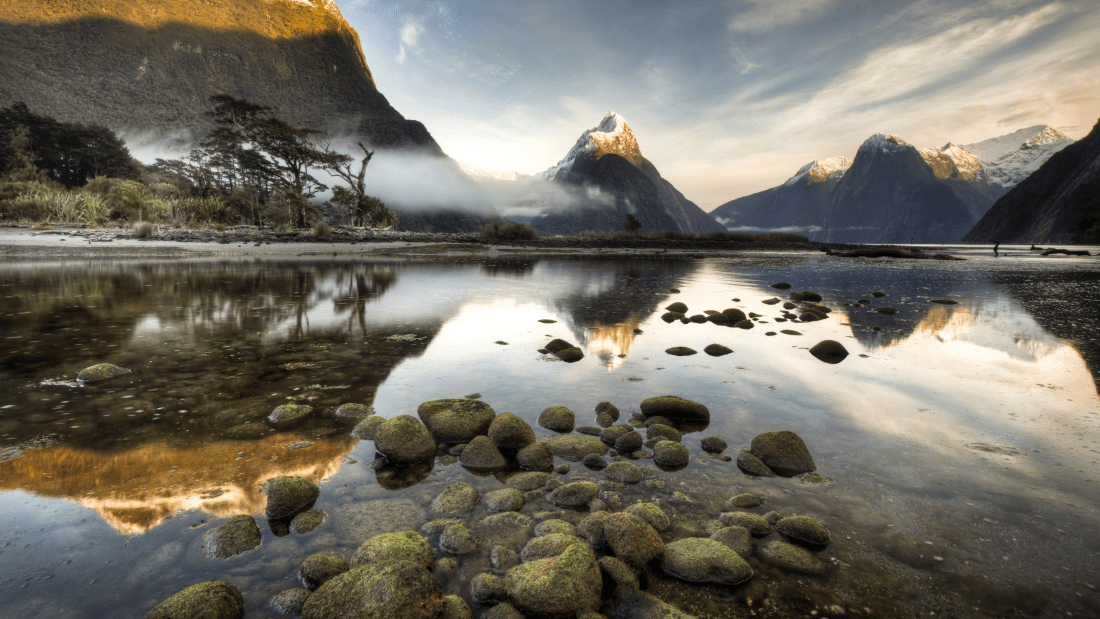New Zealand's Successful COVID-19 Response and Its Impact on Travel
As of 2023, New Zealand's COVID-19 situation has significantly improved due to successful vaccination efforts and strict border controls. The country has achieved a high level of community protection, and life has returned to a sense of normalcy. However, travel to and from New Zealand is still being carefully managed to minimize the risk of importing new cases of the virus.
For those interested in visiting New Zealand, there are two main options for travel: quarantine-free travel and managed isolation.
Quarantine-free
travel is available to citizens of certain countries that have achieved
a similar level of community protection as New Zealand. This means that
travellers from these countries do not need to undergo mandatory
quarantine upon arrival in New Zealand. However, they are still required
to present a negative COVID-19 test taken within 72 hours of their
departure and undergo testing upon arrival in New Zealand.
Has New Zealand opened up international travel?
Currently, the countries eligible for quarantine-free travel to New Zealand include Australia, Cook Islands, Fiji, Niue, Samoa, Tonga, and Tuvalu. Travellers from these countries must still follow New Zealand's COVID-19 guidelines, such as wearing masks on public transport and in crowded places, and maintaining physical distancing.
Managed isolation is available to all travellers, regardless of their country of origin. This option requires travellers to undergo a 14-day quarantine period upon arrival in New Zealand, during which they will be tested for COVID-19 and required to stay in their designated accommodation. The cost of managed isolation, including accommodation and meals, is covered by the traveller.
Read more: Trains in New Zealand: An Alternative Travel Option
For those choosing managed isolation, there are a few options available. The first is to stay in a government-managed isolation facility, such as a hotel. These facilities provide single rooms for travellers, with meals delivered to their rooms and various amenities available, such as gyms and outdoor areas.
Alternatively, travellers can choose to undergo managed isolation in a private residence. This option is only available to those who have a suitable residence in New Zealand, such as a family member's home. Private residence managed isolation requires the traveller to follow strict guidelines, including having a designated room for quarantine and not mixing with any other household members.
It is important to note that managed isolation is mandatory for all travellers arriving in New Zealand, regardless of their vaccination status. While vaccination can reduce the risk of transmission, it is not a guarantee that the traveler will not be infected with COVID-19.
For those returning to New Zealand from overseas, there are also specific requirements in place. All returning travellers must present a negative COVID-19 test taken within 72 hours of their departure and undergo testing upon arrival in New Zealand. If the returning traveller has been in a country with a high risk of COVID-19 transmission, they may be required to undergo managed isolation.
In addition to these requirements, travellers are also encouraged to register their trip with the New Zealand government's Safe Travel website. This allows the government to track the movement of travellers and assist in contact tracing if necessary.
Overall, while travel to and from New Zealand is still being carefully managed to minimize the risk of COVID-19 transmission, it is possible for travellers to visit the country. By following the guidelines and requirements in place, travellers can enjoy all that New Zealand has to offer while helping to keep the community safe.
Labels: Travel





